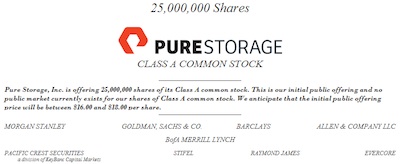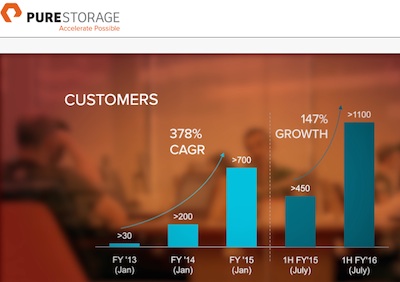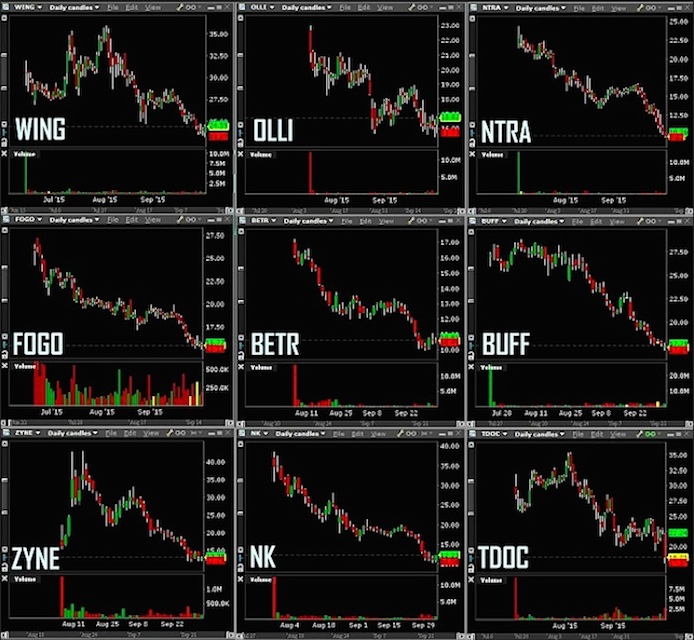Traditionally every year the IPO market closes in August for about 3 weeks around Labor Day. And this year the break was extended after the brutal volatility that hit the market in August. IPOs are only now attempting to stage a comeback amongst still volatile market conditions and rather cold sentiment from investors towards more risky assets.
As we covered in our previous IPOs article from early August: “Risk-Off”, Boutique Investment Banking And Sickle Cell Disease“ some troubling signs appeared in the IPO market in late summer with a number of “hot” deals failing right out of the gate. As we know now, following the dramatic decline later in the month these were some signs that investors were starting to cut down their risk exposure and that liquidity was getting tighter in the market.
Aside from offering some great trading and investment opportunities at times, one of the reasons I like to follow the IPO market very closely is that it is a great way to have your finger on the pulse of the risk appetite in financial markets. The IPO market started to show some signs of troubles/weakness this Summer way before it became apparent in the rest of the market. The health of the IPO market is a good leading indicator for investors to follow.
In the article in August, we warned about a period of heightened market volatility and lower appetite for risk from investors. In that environment liquidity can rapidly vanish and IPOs may be left drifting lower with no real support.
As one could have expected recent IPOs did not fare well at all in the Summer “Risk-Off” volatility episode. The chart below is a sampling of recent IPO offerings priced over the Summer (sectors including restaurants, retail, technology, consumer products, biotechnology). The selling (or rather absence of bidding/liquidity) hit all with very little discrimination, leaving a very poor performance across the board; a number of deals are down 50% or more off the highs from the first days following their IPO.
Again, recent IPOs have no history in the market and no real established shareholder base yet to support the stock. This makes them much more vunerable to bouts of market volatility.
Newly listed unproven ventures are really the last thing investors want to look at during periods of market stress (especially when quality companies and market leaders are on sale).
The list of IPOs that have charts looking like the ones above is quite long. As well, some of them were arguably priced way to high to begin with (blame spring/summer hype) and are just now coming back to reality and more reasonable valuations – Blue Buffalo Pet Products (BUFF) would certainly be a good example of that – upgraded to Overweight recently by JPM). Others were clearly mispriced by bankers in favor of the seller because market conditions allowed it at the time – Amplify Snacks (BETR) and NantKwest (NK) would be the poster childs for that. These IPOs are being sharply and justifiably repriced. Lastly, some were reasonnably priced but sold indiscriminately with the market decline (herein may lie some interesting opportunities). Eventually liquidity will come back in the IPO market and some of these stocks will attract interest anew.
On the upside, the bar for IPOs to be able to price in this new environment is going to be a bit higher. This means higher selection and quality. While pricing should be less aggresive, this can offer some good opportunities. Last week some of the deals (EDGE SGRY PFGC) that struggled to price amid the volatility had to cut their price drastically in order to make it out of the door. This offered some great entry points/trades. In the right circumstances “cold” deals can offer more opportunities in the aftermarket than “hot” deals opening at sky high prices.
 THIS WEEK’S IPO DEAL OF THE WEEK: Pure Storage (PSTG)
THIS WEEK’S IPO DEAL OF THE WEEK: Pure Storage (PSTG)
Will Pure Storage Fast Flash Disruptive Technology be a winner? That’s a big question on IPO investors minds lately.
Pure Storage (PSTG) is bringing disruptive technology to the enterprise data storage market. The new technology replaces older storage solutions using mechanical drives with a new generation of solid state/flash based array allowing for much faster data retrieval and also much lower power consumption.
This very fast data availability and retrieval is now key to many applications on the web and in the enterprise setting.
 According to Pure Storage its storage systems can offer customers a ten-fold speedup over high-performance storage systems that use disks, while requiring one-tenth the power and space. This new technology also drives cost savings.
According to Pure Storage its storage systems can offer customers a ten-fold speedup over high-performance storage systems that use disks, while requiring one-tenth the power and space. This new technology also drives cost savings.
As a result customer adoption of the new technology has been blazing fast and Pure Storage revenues have been growing at warp speed.
With this very fast growth also comes a very competitive environment as every player in the space is now moving toward flash and offering their AFA (all flash array) solution.
A number of “startups” have launched in the space, SolidFire, Tegile, Tintri (all hoping to go public as well…) and established players, with EMC the market leader in front (as an aside, EMC is suing Pure Storage for poaching employees). Dell, HP, IBM and NetApp also are now offering AFA solutions to their customers.
continue reading on the next page…









